SUMMARY
This is AI generated summarization, which may have errors. For context, always refer to the full article.
MANILA, Philippines – A tourism enterprise zone dubbed Paseo de Manila will rise in Luneta Park, Juliet Villegas, outgoing National Parks Development Committee (NPDC) director, announced on Friday, August 30.
In a public presentation held in Makati, Villegas showed a graphic of the proposed development meant to attract more local and foreign tourists to the national park and stimulate economic growth in the area. Paseo de Manila will be constructed in the western part of the park, near Quirino Grand Stand and Manila Ocean Park.
The graphic showed 8 new proposed buildings, ranging from 3 to 15 stories high. Villegas said proposals recommended that these buildings be boutique hotels, restaurants or shopping centers.
All 8 buildings will feature a “green roof” or roof garden to add greenery to the park as a whole.
“It is now undergoing a validation plan, because in Tourism Act of 2009, Luneta Park is designated as a flagship destination to become a tourism enterprise zone together with Intramuros,” explained Villegas.
Paseo de Manila is just one of the key proposals for the redevelopment of the 54-hectare People’s Park.
The agency also plans to add more entry points to the park. One in the works will connect the United Nations LRT1 station to the children’s playground. A raised walkway “decorated with vines and flowers” will connect Luneta to Intramuros, said Villegas.
An airconditioned glass-walled Visitor’s Center will be constructed as a hub for tourists who both want to know more about the park and rest from the heat.
The Rizal Park Amphitheater designed by National Artist Leandro Locsin will be outfitted with a modern canopy so that public events like concerts or film-screenings can enjoy protection from rain. Park-goers can see the finished product for themselves in October when the Philharmonic Orchestra formally opens the amphitheater to the public.
Revival
Stretching from Taft Avenue to Manila Bay, Luneta is said to be the largest urban park in Asia. Since the 1800s, it has served as the People’s Park, the preferred venue for public events like the Feast of the Black Nazarene, Independence Day, and the recent Million People March protest.
The NPDC, an agency under the Department of Tourism, is the designated steward of Luneta. When Villegas was appointed NPDC head in 2010, she set out to fix the most glaring problems that pulled down the public park from its “golden age” in the 70s, when Filipinos from every economic class patronized it.
“Due to budget constraints, the park couldn’t do as much. It was just going through the rounds of sweeping, cleaning, garbage-disposal. There were a lot of overgrown shrubs and trees that made the park darker at night. Some of the bulbs were busted,” she recounted during a public presentation in Makati.
The park increasingly became more crime-prone, with the notorious “palakpak boys” mugging park-goers and carrying out petty crimes. The August 2010 hostage-taking of Chinese tourists in a bus in nearby Quirino Grand Stand cemented Luneta’s menacing reputation in the minds of local and foreign tourists.
With P300 million allotted to the NPDC for 2010 to 2013, Villegas sought to make “quick but effective fixes” to the park.
She is proud to report a lower crime rate due to the 24-hour security provided by tourist police and CCTV cameras. Jog lanes now run through the park. “Green” rest rooms that collect rainwater for the flushing of toilets are open to park-goers.
With the help of urban planner Paulo Alcazaren, who is also leading the revival of Roxas Boulevard, the agency has rehabilitated many of the park’s most famous features: Paco Park, the giant relief map of the Philippines, Flower Clock, children’s playground, musical dancing fountain, and diorama of Jose Rizal’s martyrdom.
READ: Bike-friendly, billboard-free Roxas Boulevard?
Private-public partnerships have added new features like sculptures, mosaic murals, the Senior Citizen’s Garden and bus stops for tourists.
The importance of urban parks
Urban parks pose many benefits to communities.
According to University of California Institute of the Environment and Sustainability, urban parks improve quality of life and and provide “visual and psychological relief” for weary city dwellers.
Parks encourage healthy physical activities like sports, and create a sense of community by providing space for interaction and gatherings.
Dubbed the “green lungs” of a city, urban parks also offer many environmental benefits. Their trees and plants help cool cities by lowering surface and air temperature. The shade they provide can lower temperature of surfaces by 11 to 25 degrees Celsius. Cooling also happens when water evaporates from soil and transpires from plants.
Trees and vegetation lessen air pollution from the heightened commercial activity and traffic of vehicles in urban zones. Along with soil, park greenery mitigates flooding by absorbing water run-off.
To maximize these environmental benefits, NPDC unpaved the park’s concrete walkways to allow floodwater to seep through and be absorbed by the soil. About 20 hectares of what was once pavement are now trees and vegetation.
Though it seems that NPDC’s efforts have revitalized Luneta Park, Villegas knows this is only the beginning.
“We have too few public parks in the country. While our mandate only covers Luneta, Paco Park and Pook ni Mariang Makiilng in Laguna, we can work towards creating more parks nationwide,” she said. – Rappler.com
Add a comment
How does this make you feel?
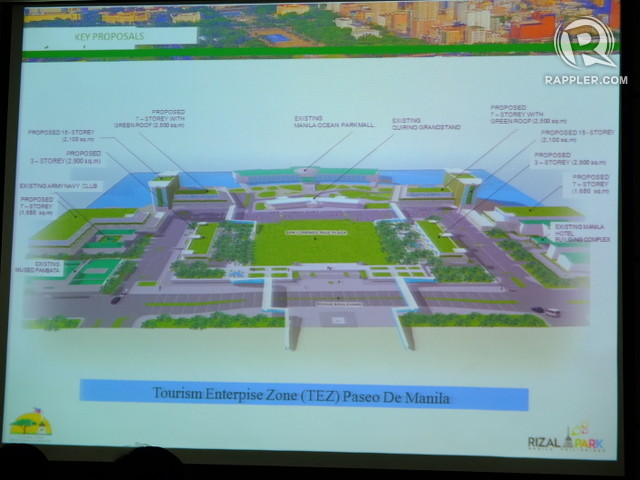
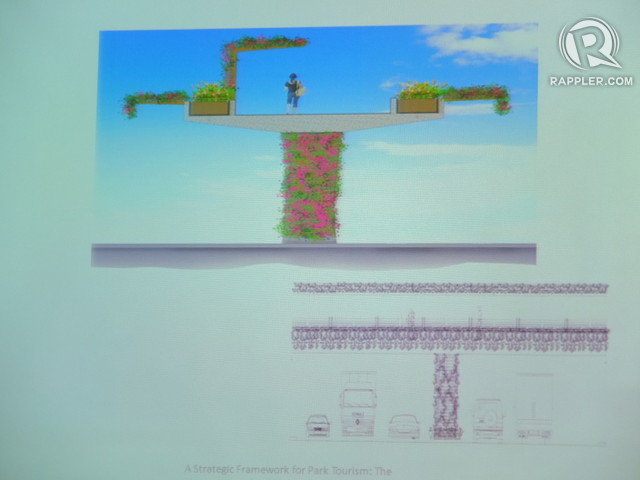

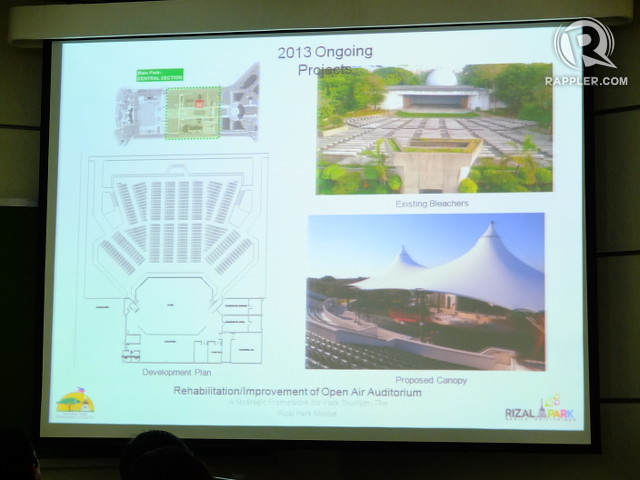
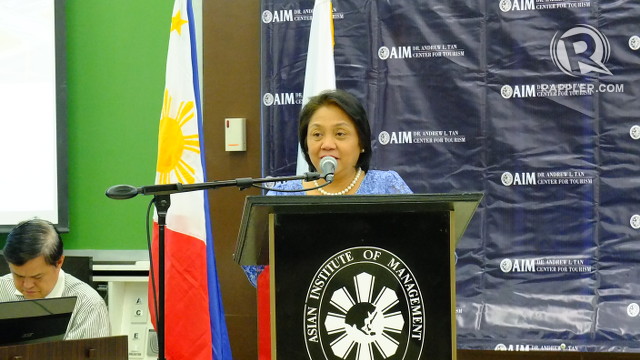
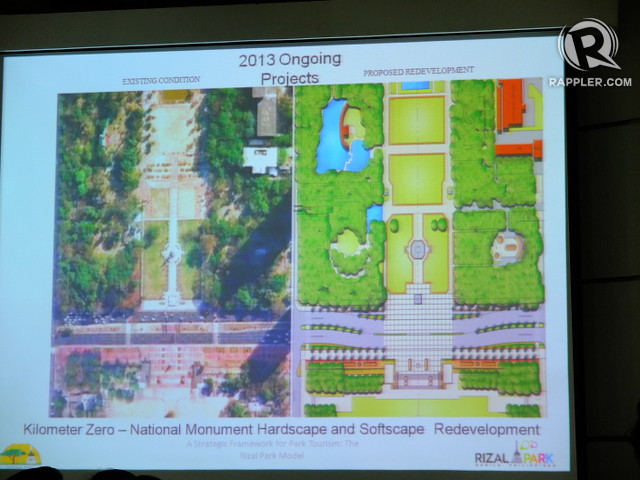
There are no comments yet. Add your comment to start the conversation.